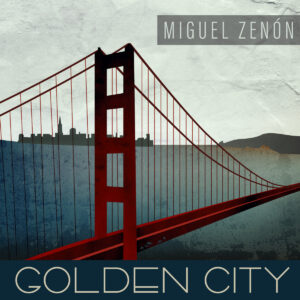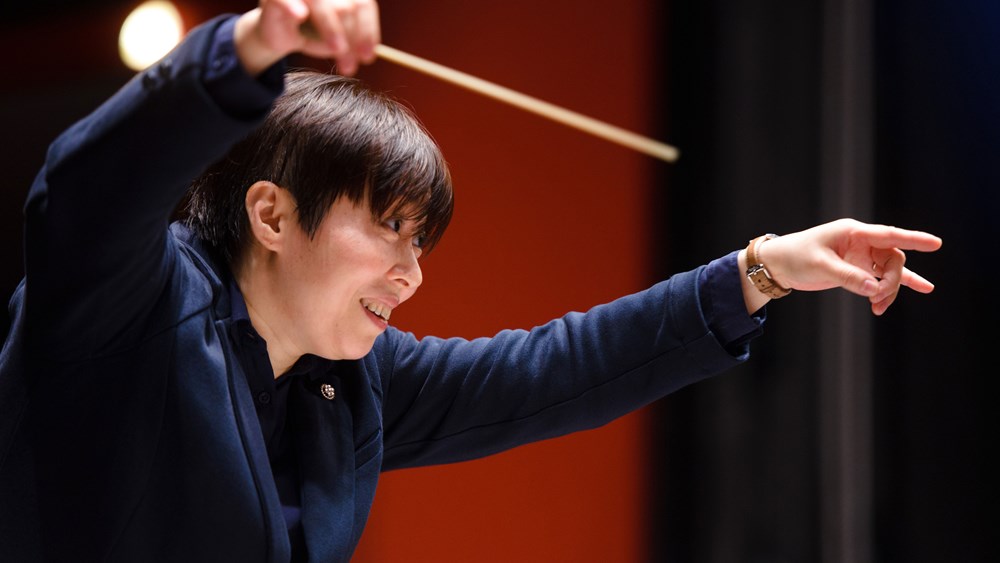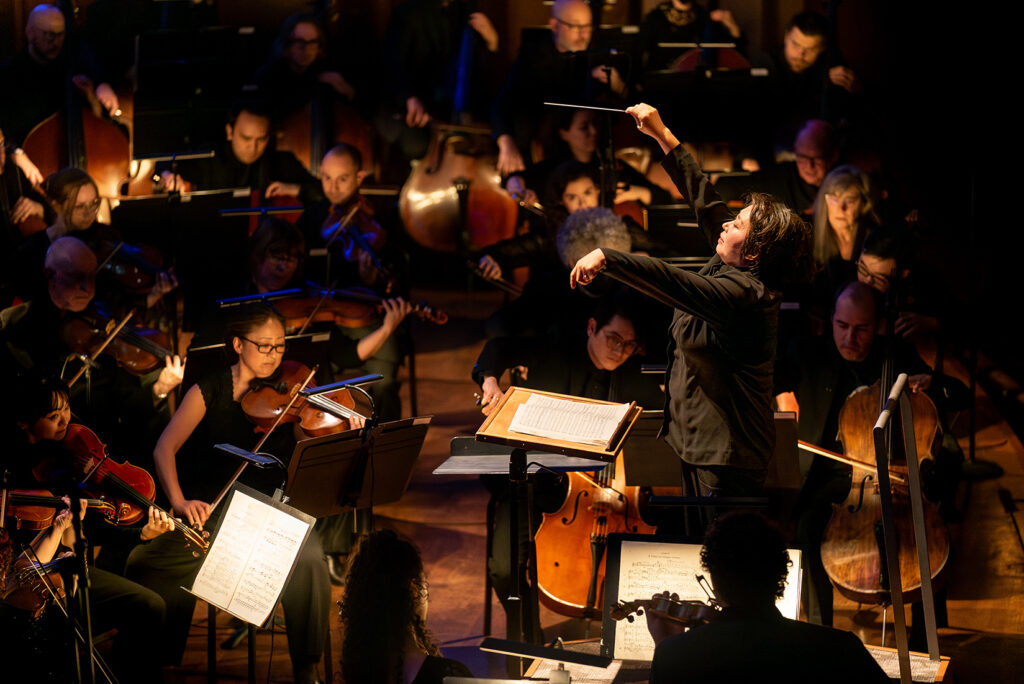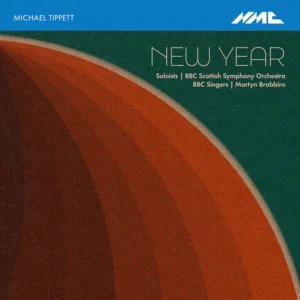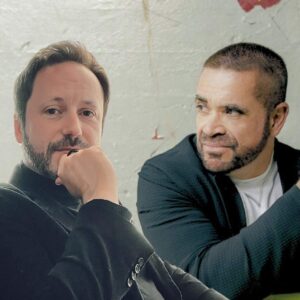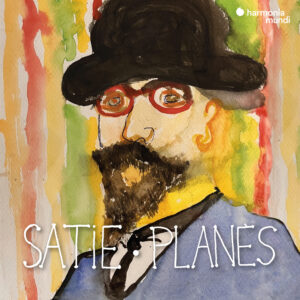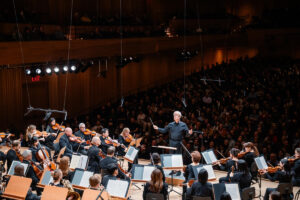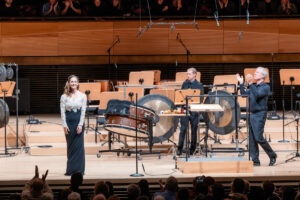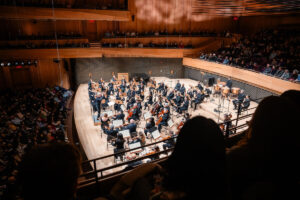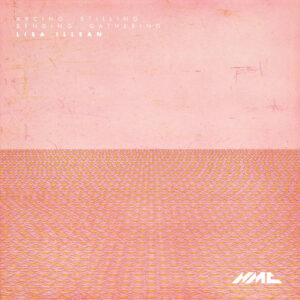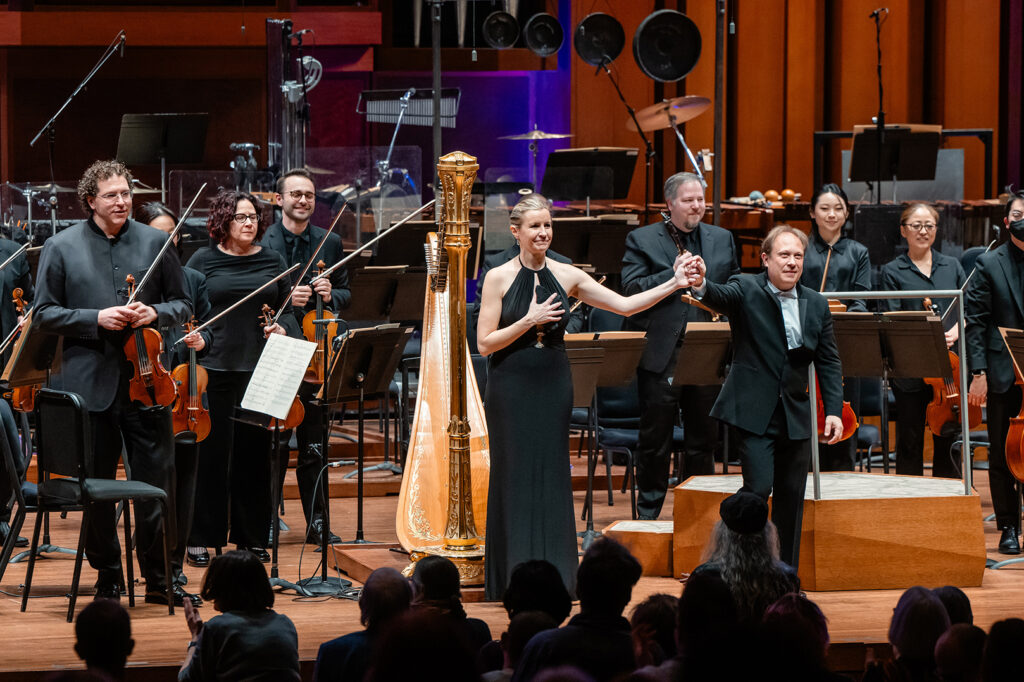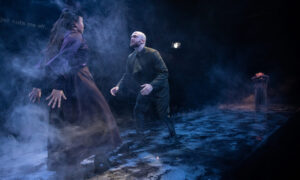Miguel Zenón
Golden City
Alto saxophonist Miguel Zenón’s seventeenth album, Golden City has been well-received, its plaudits including a 2025 Grammy nomination for Best Large Jazz Ensemble Album. The eleven original compositions are excellent vehicles for soloing.
A standout is “Acts of Exclusion.” After a hocketing opening from the horns – Diego Urcola, Alan Ferber, and Jacob Garchik – and pianist Matt Mitchell, there is a robust essay by the alto saxophonist that combines the quick syncopation of the tune with undulating lines. He trades licks with Mitchell and then cedes the stage to guitarist Miles Okazaki, who returns to the narrower band of the opening, repeating tart, staccato attacks and finally moving up the guitar’s neck with a glissando and the tune in its upper register. Mitchell, bassist Chris Tordini, and drummer Dan Weiss, provide a transition back to the head, with saxophone and winds returning to the hocketing, repeated notes from Mitchell, and Okazaki presenting a fiery recapitulation.
The horn section is showcased on “Wave of Change,” with an extended blues opening that coalesces on the head in octaves, then the rhythm section roaringly arrives. Zenón, an octave higher, joins the rest of the horns. An outro features the saxophonist soloing over Mitchell’s accompaniment.
“SRO” begins sinuously, with on-the-beat punctuations set against syncopated riffs and Latin-tinged drumming. A quick tempo bass and drums duet introduces a new section on which Zenón paces them note for note and, late in the piece, the rest of the horn section adds mercurial interjections, followed by an ambience that recalls the beginning, but with a fuller presentation. Okazaki gets a brief solo turn to conclude.
Surrounded by dyadic horns and a stealthy bass line doubled in the piano, “Displacement and Erasure” contains Zenón’s most extended and effusive playing. His use of bends, repeated notes, and angular leaps through modal patterns culminates in a feverish altissimo register climax. Ferber also gets a memorable solo turn that features clarion high notes and breathless long phrases.
The final track, “Golden,” opens with telegraph signal reiterations from Mitchell and call and response in the horns. The main section has a layered arrangement that Zenón interacts with before trading fours with Urcola and Ferber. Three different ostinatos in horns, piano, and bass conclude the proceedings.
The praise for Zenón is well-earned: Golden City features superlative playing and artful arrangements. It will be tough to top, but I would bet this saxophonist just might.
-Christian Carey
